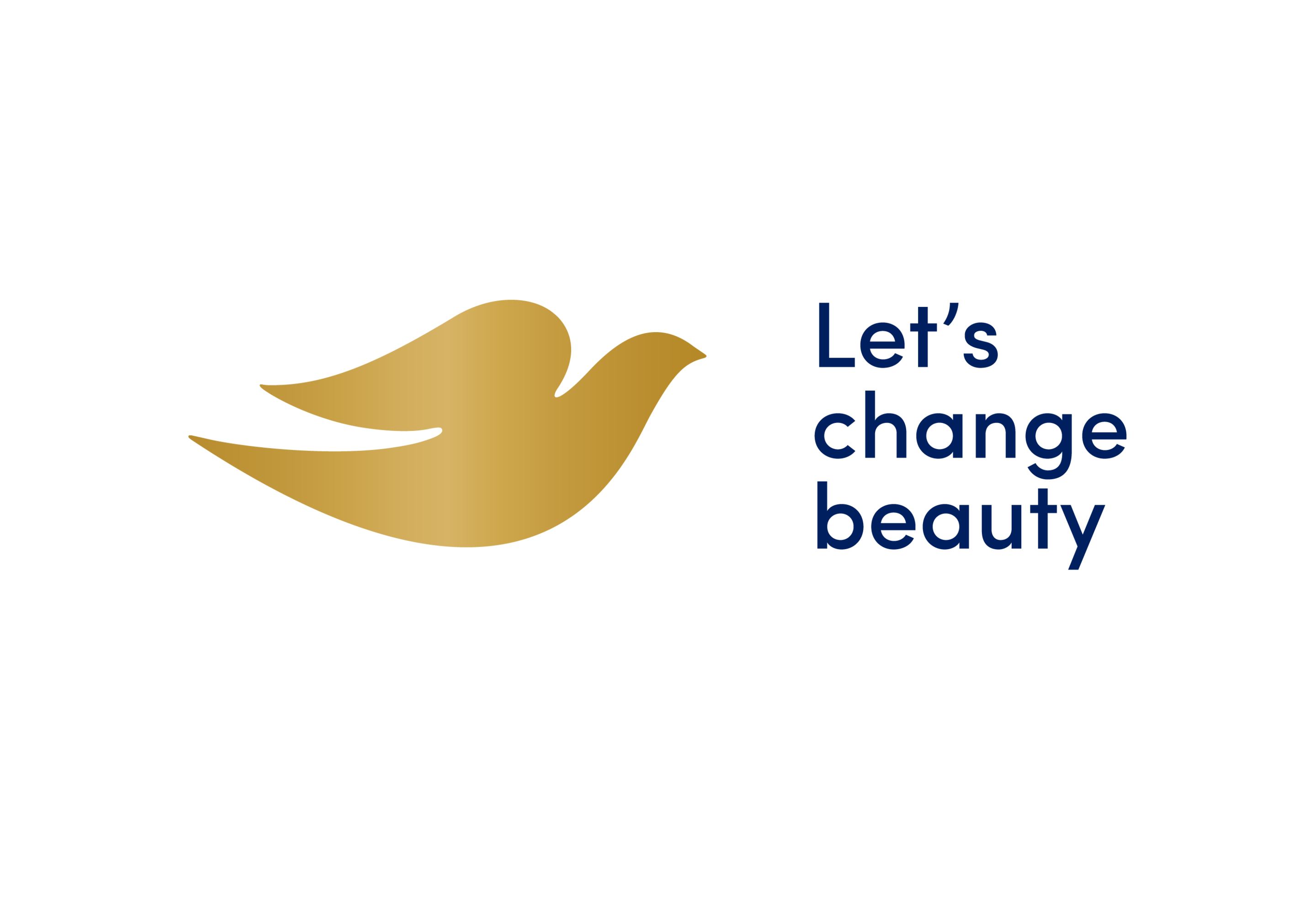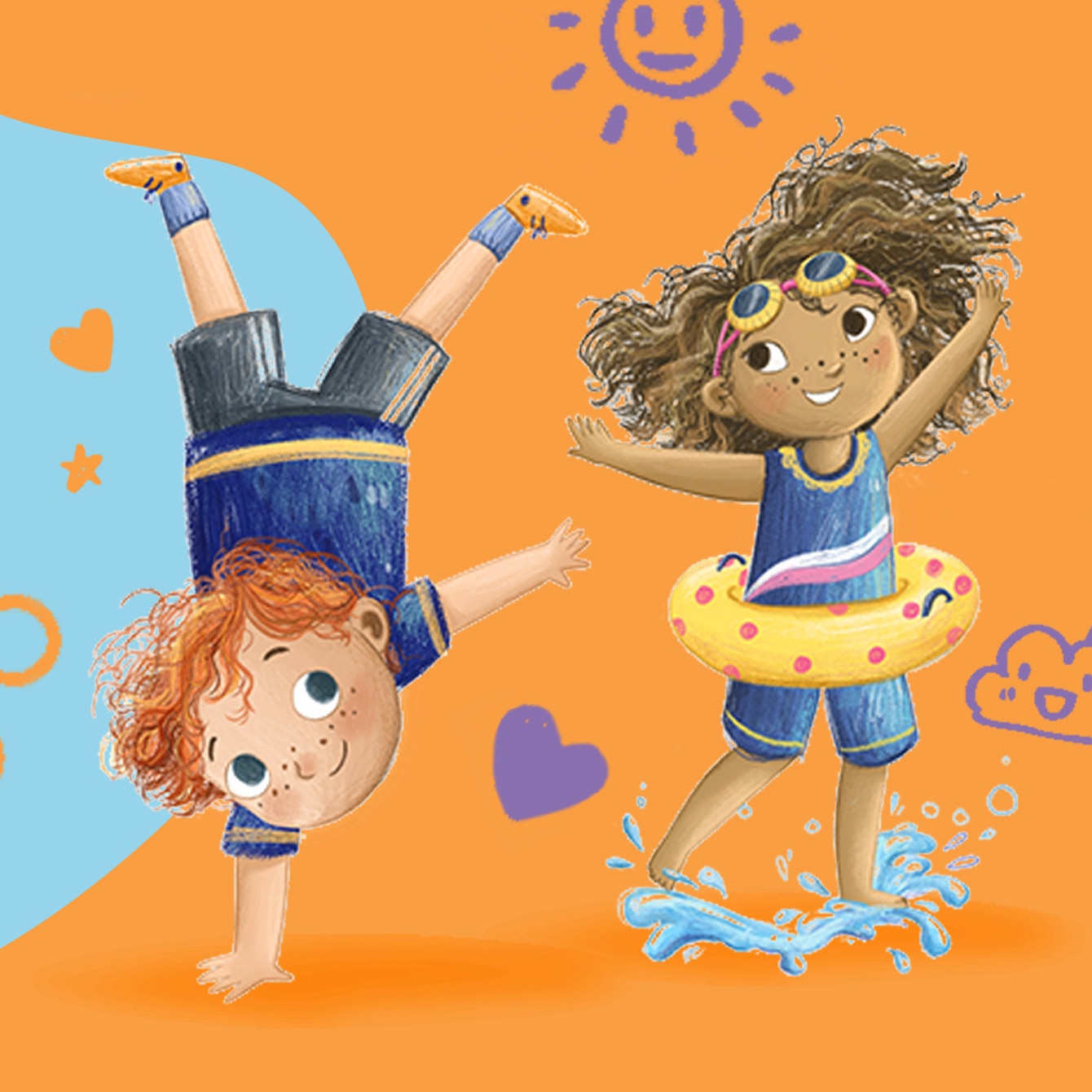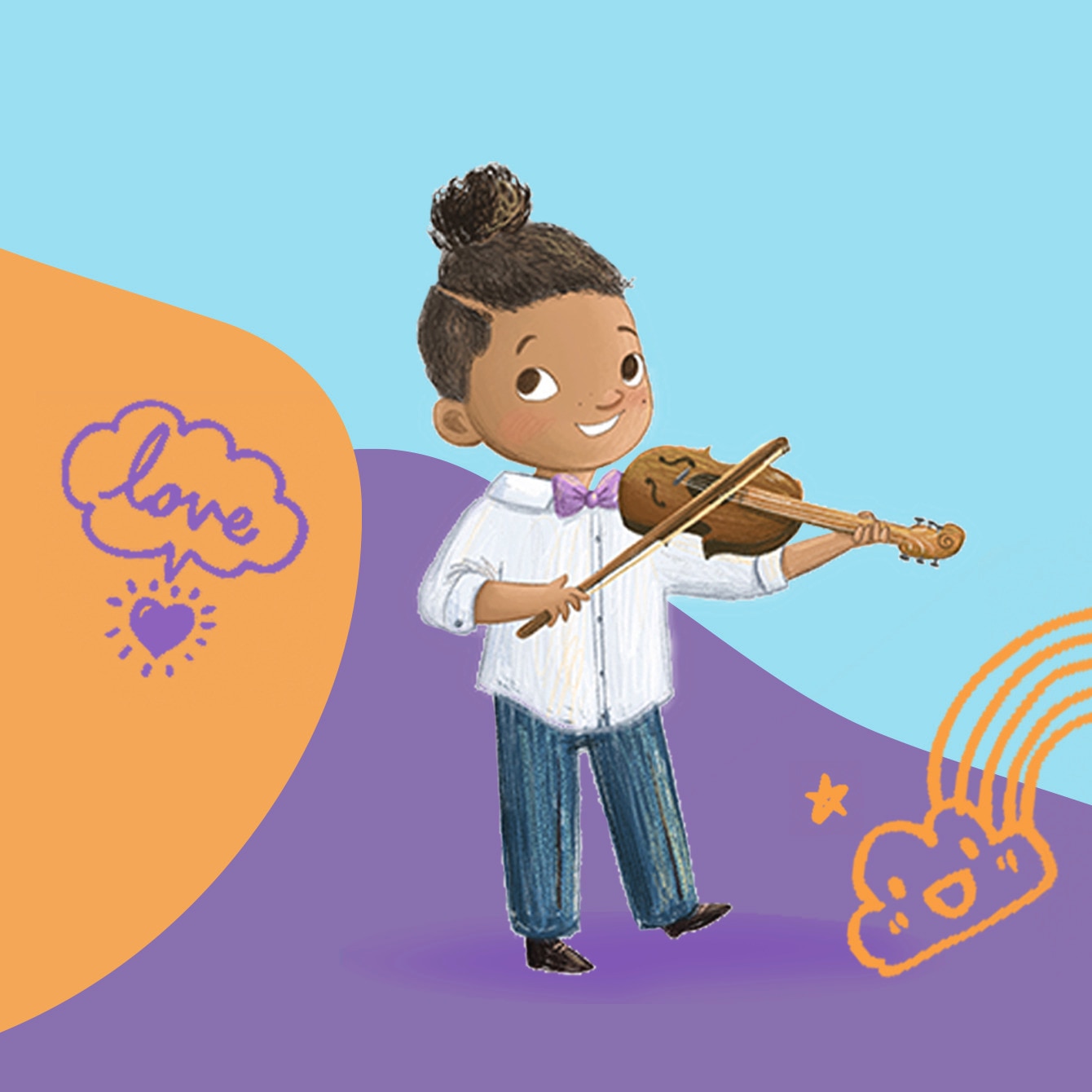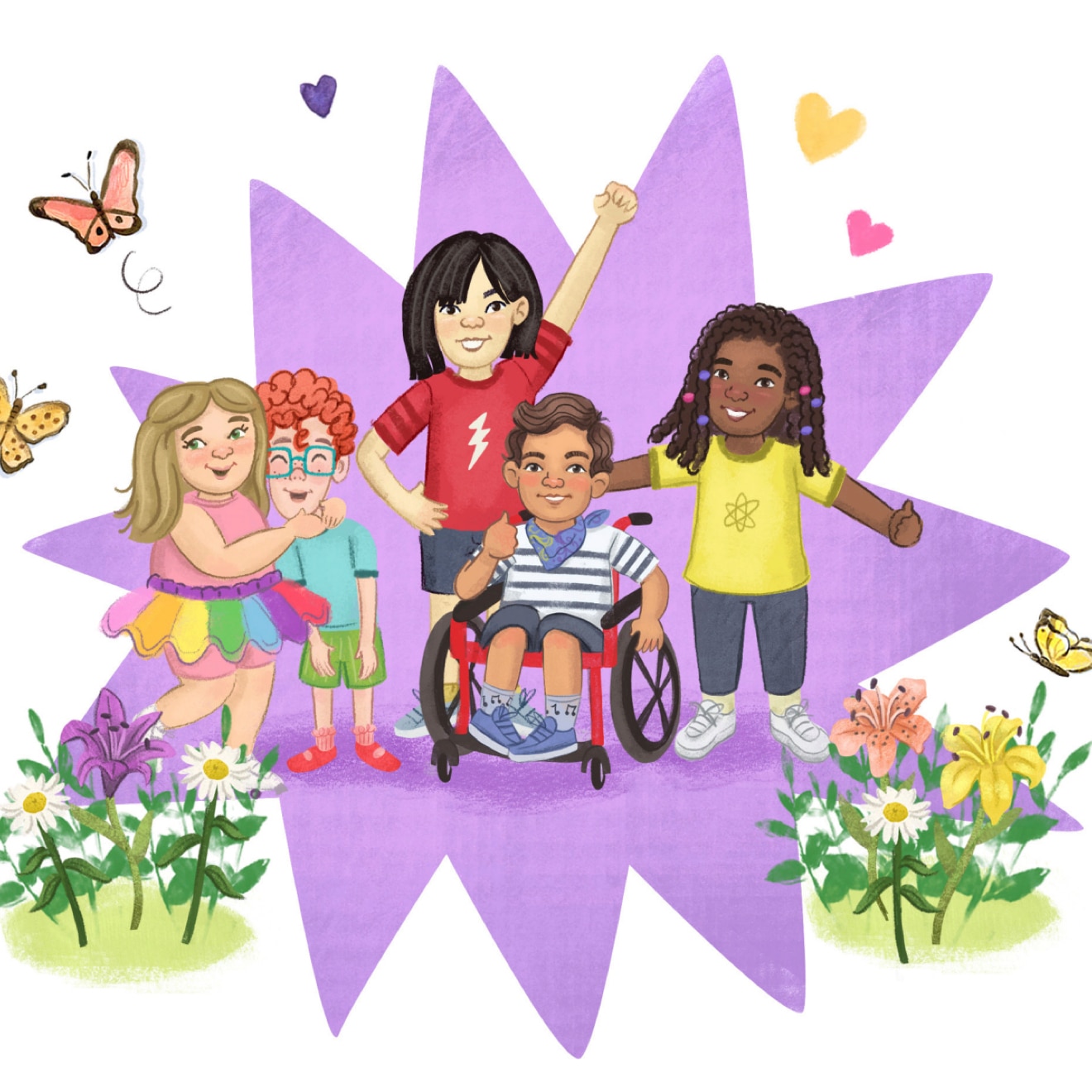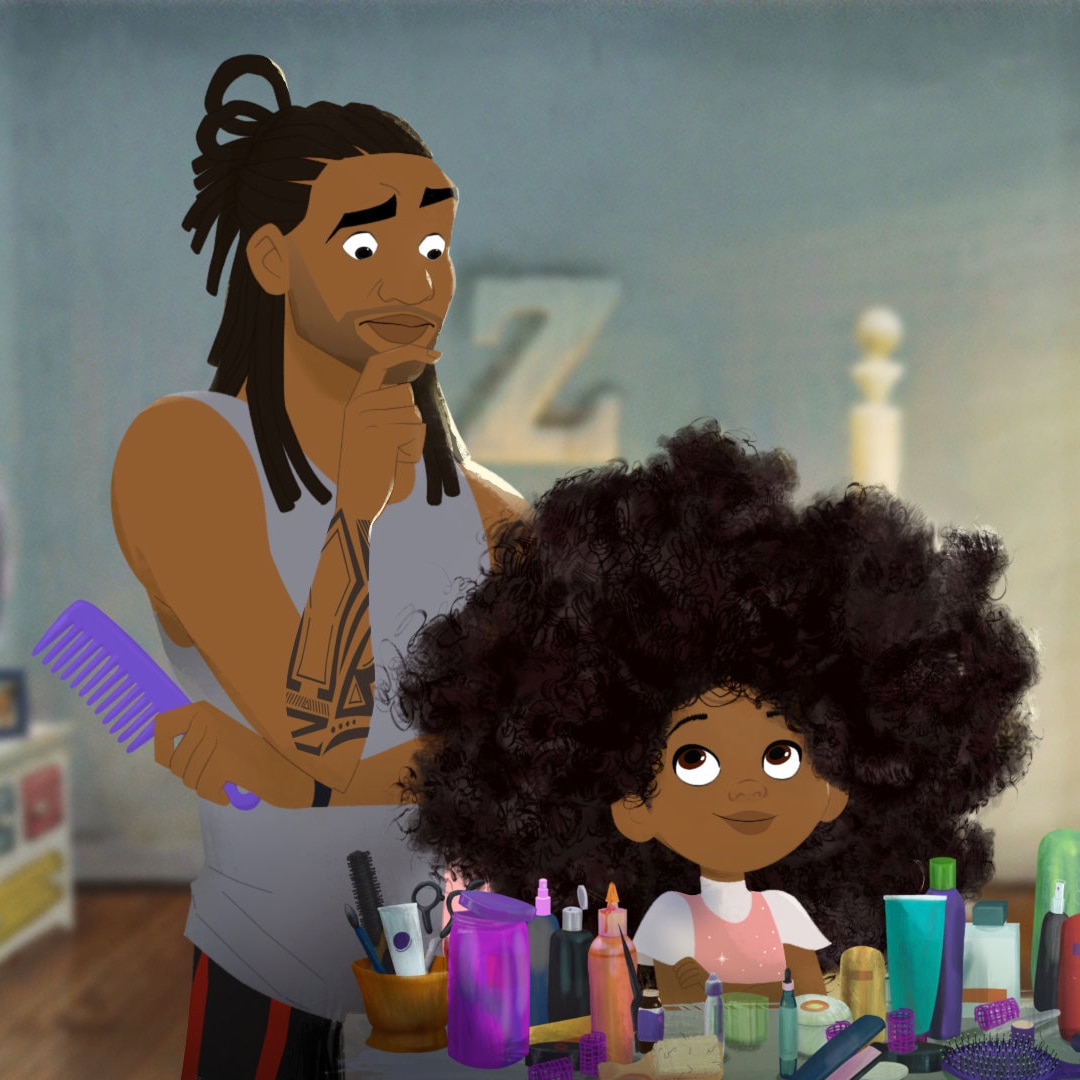As a parent or guardian, you might be wondering what you can do to help fight bullying. We all know that standing up against bullies can sound pretty scary to kids, but encouraging them to do it can help them in so many ways. Not only does it help them develop their own self-esteem and resilience, it helps them resist negative appearance pressures, too.
Standing up against bullies – will it help?
When your child sees someone being teased or bullied about their appearance, they might think that the best thing to do is to stay quiet. This could be because they are scared of conflict, or becoming a target themselves, but by doing nothing and allowing the bully’s nasty behavior to continue, it makes them a ‘bully bystander’. Being a ‘bully bystander’ can have a detrimental impact on not only the victim, but also the bully and the bystanders. Doing or saying nothing, helps to reinforce the behavior of the bully and teach kids that bullying based on appearance is okay.
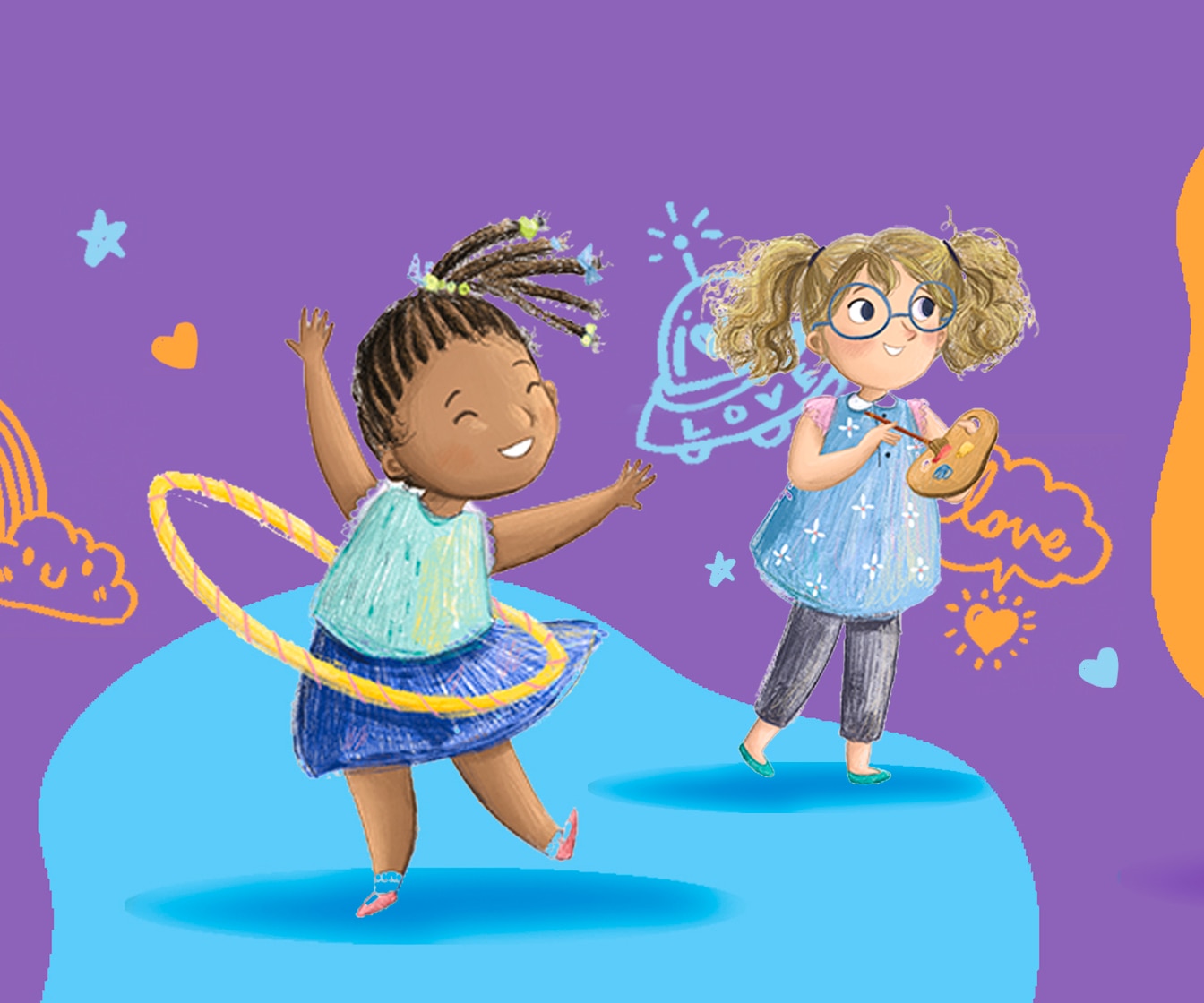
Should I encourage my child to stand up against bullying?
Research shows that in most instances, kids who witness bullying can successfully intervene, and reduce bullying behavior1. Intervening doesn’t just include confronting the bully, which can sometimes feel scary, intimidating or unsafe. Kids can also play a role in stopping bullying by telling a teacher or trusted adult, comforting the victim, or inviting the victim to play with them. All of us seek connection and belonging, and 'fitting in’ becomes very important to kids aged 8 and up. If your child can show the victim of bullying that they fit into their group, this can reduce some of the impact of the bullying they’ve experienced.
In standing up against bullying and teasing, your kids can show others the importance of valuing unique personal qualities and diverse appearances. It can also improve their self-esteem, helping them to develop the confidence to speak up. By standing against bullying in these situations, it will empower them with the knowledge that they can make a difference, too.
So, what can you do? Our checklist gives you some of our top tips on how to talk about bullying and what steps you can take to encourage kids when they see appearance-based teasing and bullying:
Parent checklist
- A Meta-Analysis of School-Based Bullying Prevention Programs' Effects on Bystander Intervention Behavior
